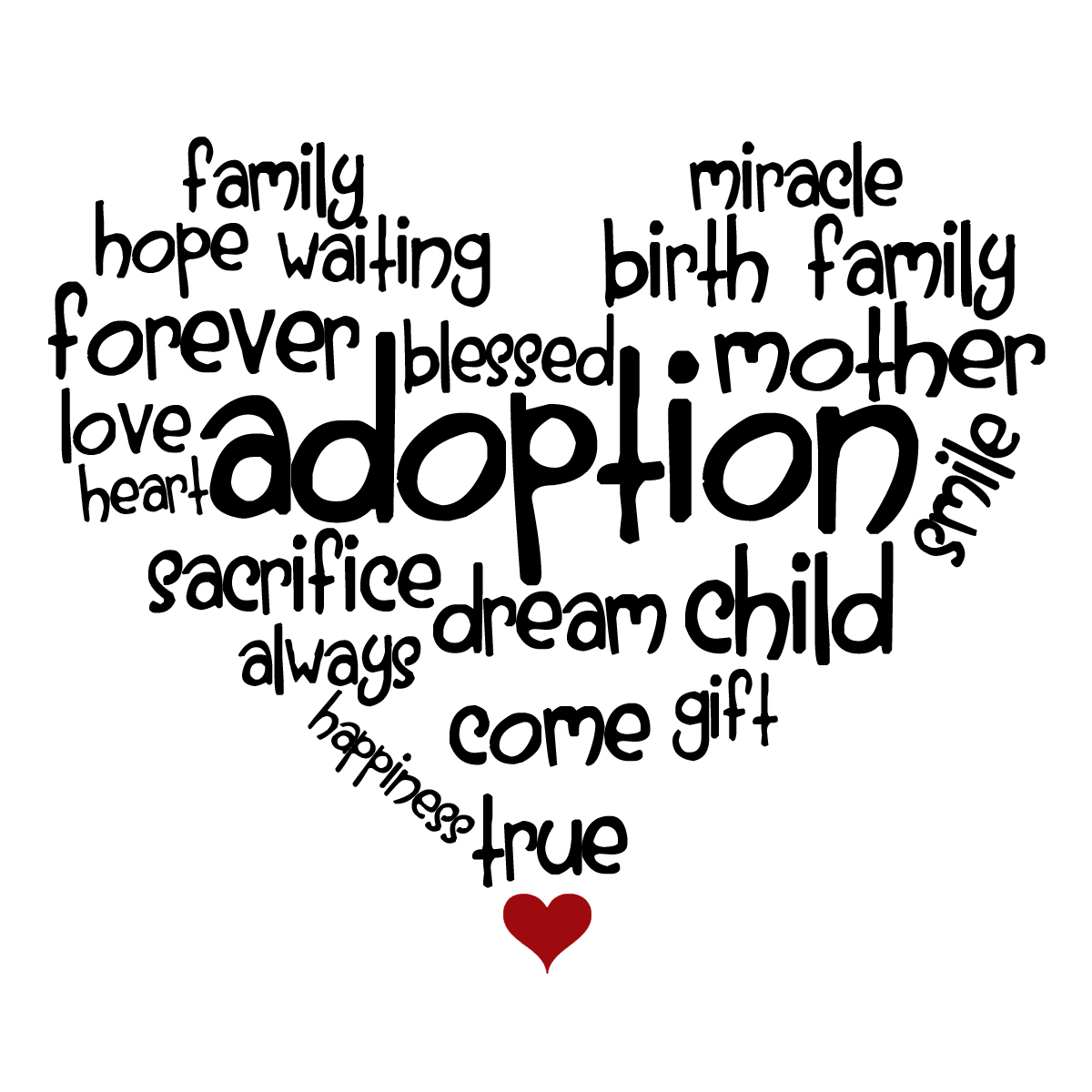Benefits
2016 Fringe Benefits Tax Series: #2: An Adoption Assistance Plan
Taxpayers who adopt children may be in line for special tax breaks. Significantly, you can claim a generous tax credit for qualified adoption expenses you’ve incurred, subject to a reduction based on your modified gross income (AGI). But high-income ...
Jul. 03, 2016

Taxpayers who adopt children may be in line for special tax breaks. Significantly, you can claim a generous tax credit for qualified adoption expenses you’ve incurred, subject to a reduction based on your modified gross income (AGI). But high-income taxpayers won’t qualify at all.
For 2016, the maximum adoption credit is $13,460 of the qualified expenses incurred to adopt an eligible child. An “eligible child” is a child who is under age 18 or physically or mentally incapable of caring for himself or herself. (If you adopt a special needs child, you can claim the maximum credit, even if your expenses are less). The credit begins to phase out for taxpayers with MAGI above $201,920 and the phase-out is complete at $241,920 of MAGI.
[This is part of a series on fringe benefits by our resident tax expert, Ken Berry, J.D., on the “sweet 16” fringe benefits on the books for 2016.]
As you might imagine, certain taxpayers still can’t pay the hefty cost of an adoption, despite the presence of the tax credit. And other taxpayers are denied a credit, or a full credit, because of the MAGI phase-out.
Possible solution: One fringe benefit that can be a godsend to employees is an adoption assistance plan. This program is a separate written plan established by an employer. It qualifies for tax-free treatment only if these four requirements are met.
- The plan benefits employees without favoring highly-compensated employees (HCEs) or their dependents. (Don’t count employees covered by valid collective bargaining agreements.)
- The plan doesn’t pay more than 5 percent of its payments during the year for shareholders or owners or their spouses or dependents. A shareholder or owner is defined as someone who owns more than 5 percent of the business.
- The employer provides reasonable notice of the plan to eligible employees.
- Employees provide reasonable substantiation that payments or reimbursements are for qualifying expenses.
Under the fringe benefit rules, an HCE for 2016 is an employee who meets either of the following tests.
- The employee was a 5-percent-or-more owner at any time during the year or the preceding year; or
- The employee received more than $120,000 in pay for the preceding year.
The second test may be ignored if the employee wasn’t also in the top 20 percent of employees when ranked by pay for the preceding year. Note that these rules apply to other statutory fringe benefits.
An employer must exclude all qualified payments or reimbursements made under an adoption assistance program from federal income tax. However, you can’t exclude these amounts from federal employment taxes. Your payroll department will report all qualified adoption expenses you paid or reimbursed under the plan on W-2s.
Caveat: The fringe benefit rules say that a 2%-or-more shareholder of an S corporation isn’t treated as as an employee of the corporation. Instead, the S corp treats the 2%-or-more shareholder like a partner on a partnership for fringe benefit purposes, thereby including using the benefit as a reduction in distributions to the shareholder.
